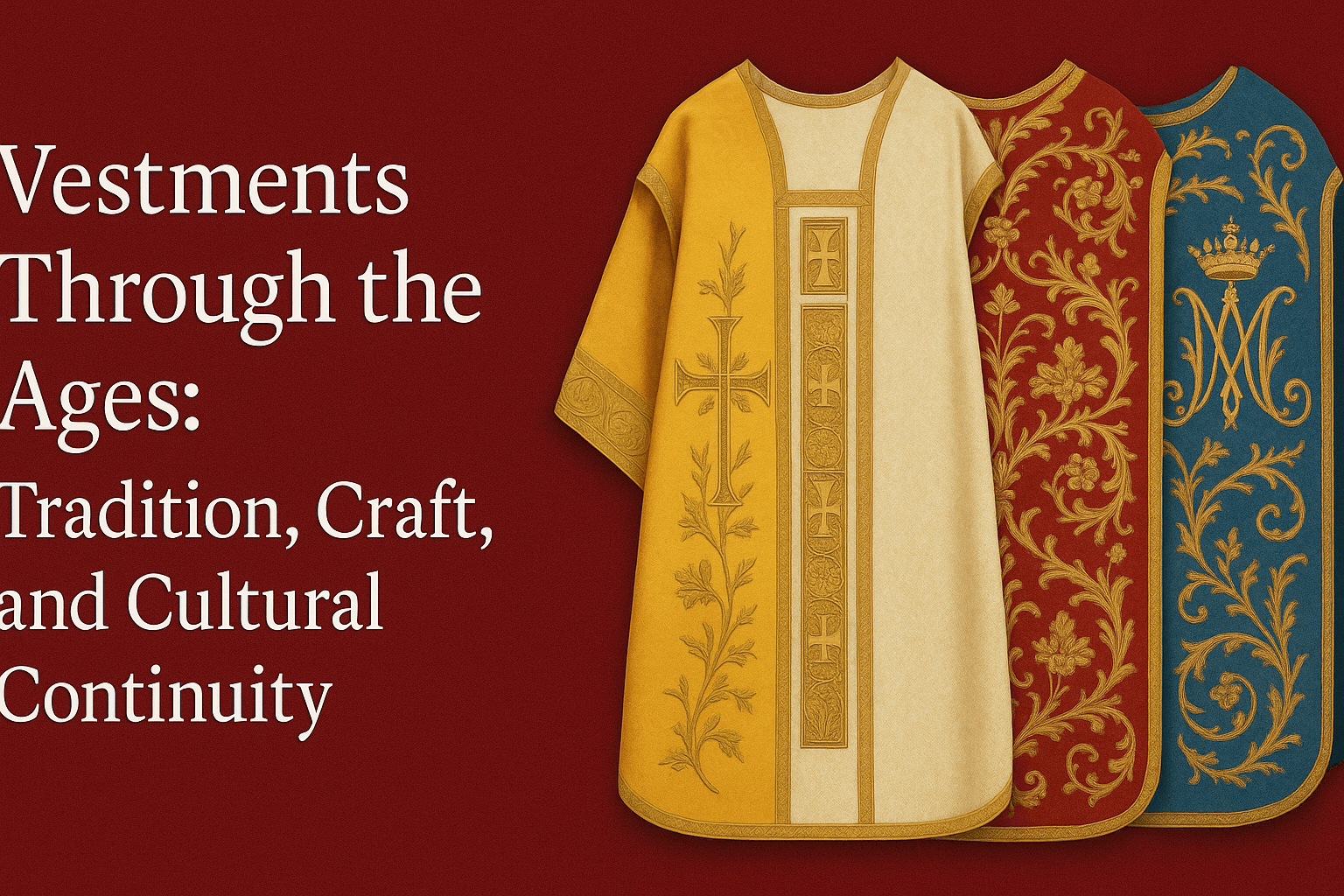BY THE ARCHAEOLOGIST EDITOR GROUP
The Tomb of Jesus, located in the Church of the Holy Sepulchre in Jerusalem, is one of the most significant and revered sites in the Christian world. According to Christian tradition, this is the site where Jesus Christ was buried after his crucifixion and later resurrected, making it a site of immense religious and historical significance.
The Church of the Holy Sepulchre itself is an ancient building, dating back to the 4th century CE. It was built on the orders of the Roman Emperor Constantine, who was a convert to Christianity and sought to establish Jerusalem as a holy city for Christians. The church is located in the Old City of Jerusalem, in an area that was once outside the city walls and is now surrounded by bustling streets and markets.
The tomb itself is located within the church and is divided into two chambers, known as the "chapel of the angel" and the "chapel of the tomb." The entrance to the tomb is a low doorway that leads to a small vestibule. The vestibule opens onto the larger of the two chambers, which is known as the chapel of the angel. The smaller chamber, known as the chapel of the tomb, is located behind the larger chamber and contains the actual burial site.
The tomb has been the subject of much archaeological study and debate over the years. In the early 20th century, a team of French archaeologists conducted a study of the tomb and claimed to have discovered evidence of the original burial site. They found a limestone slab, which they believed to be the stone that had covered the entrance to the tomb, as well as a burial bench carved into the wall of the tomb.
However, subsequent studies have challenged these claims, with some scholars arguing that the tomb has been so heavily altered and reconstructed over the centuries that it is impossible to say with any certainty where the original burial site was located. Nonetheless, the Tomb of Jesus remains a site of immense religious and cultural significance, drawing thousands of visitors each year.
One of the most interesting features of the tomb is its complex history. Over the centuries, the tomb has been destroyed, rebuilt, and renovated numerous times as different rulers and religious groups sought to leave their mark on the site. The original church was destroyed by invading Persians in the 7th century, and the site was later rebuilt by the Crusaders in the 12th century. Subsequent renovations and alterations have been carried out by a variety of religious groups, including the Franciscans, the Orthodox Church, and the Armenian Church.
Despite its complex history and the ongoing debate over its authenticity, the Tomb of Jesus remains an important site of pilgrimage and devotion for Christians around the world. Every year, thousands of pilgrims visit the site to pay their respects, offer prayers, and experience the powerful sense of history and spirituality that pervades this ancient and sacred place.
In conclusion, the Tomb of Jesus is one of the most important and revered sites in the Christian world, and it has been the subject of intense archaeological study and debate over the years. Despite the challenges of interpreting the site and its complex history, the tomb remains a site of immense religious and cultural significance, drawing visitors from around the world and inspiring awe and wonder in all who visit







